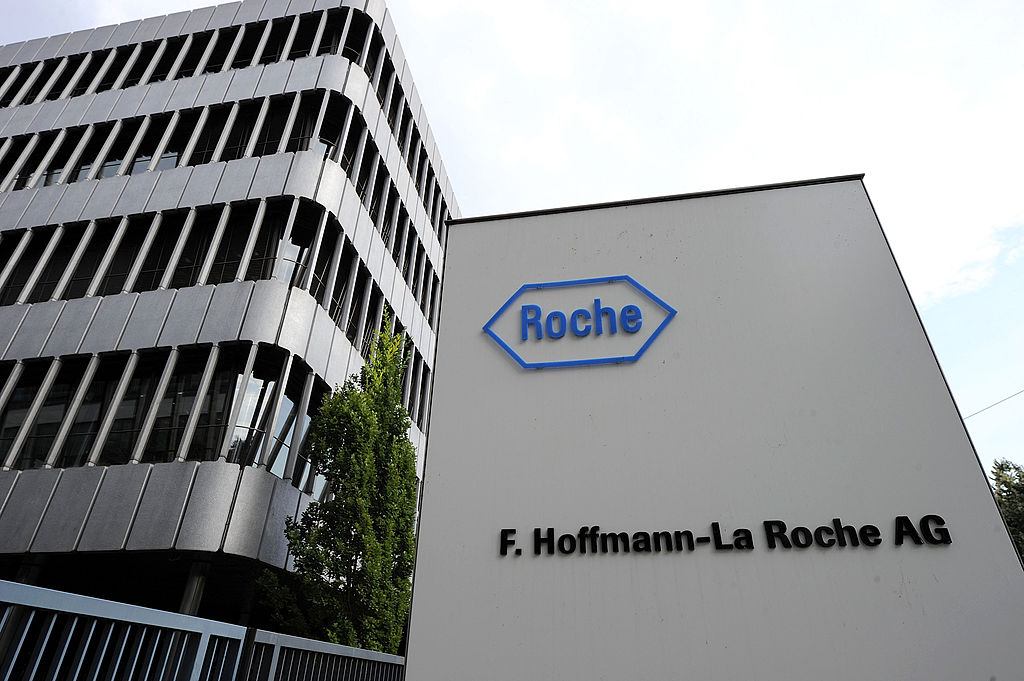
The Most Scientifically Advanced Cryopreservation Techniques: Alcor at the Forefront
Alcor’s combination of medical precision, chemical engineering and ethical governance set it apart from any other organization in the cryonics field.

This is the moment to build flexible plans. Organizations that develop operational models with built-in scenario planning, ready to scale up or down as the capital environment shifts, will be positioned to take advantage of greater investment when it comes.

Alan Murray on improving access for medical transportation.

Roche said it will expand existing sites and construct new U.S. manufacturing and R&D infrastructure in areas such as gene therapy and cardiometabolic disease. The plans follow U.S. capital expenditure announcements from several big pharmaceutical companies.

If marketing’s participation isn't already incorporated into a company's official product development process, they’re missing the boat.

Deploying a robust continuous improvement methodology is especially beneficial in the earliest phases of drug development. It can help ensure the delivery of high-quality, reliable, timely bioanalytical and clinical data to make informed decisions about either moving on to the next drug development milestone or pivoting to another strategy.

They allow organizations to break down industry-wide data silos and share data with research partners while maximizing compliance and confidentiality. With the right mindset and implementation, this tech could unlock enormous value for healthcare R&D.

In an interview, Munich Re Specialty Senior Vice President Jim Craig talked about the risk that accompanies innovation and the important role that insurers play.

Like any other tool, understanding the right problem to apply it to is the difference between success and failure. Addressing a problem is never just about technology; it’s always about people, processes, and technology.

As RNA biology and RNA therapeutics emerge in the mainstream of pharma, RNA foundation models offer massive potential for revolutionizing R&D.

The ability to take a drug to market is an important milestone, but it is not the entire picture. To truly move the needle, both clinically and commercially, biopharma companies must fine-tune their teams, approaches and incentives to produce unique and innovative products.

It is critical that we rightsize and redistribute available funds based on our knowledge of persistent cancer disparities to help more patients benefit from potentially lifesaving innovations and ensure no one is left behind.

R&D spending rose in response to Covid-19, bringing with it higher expectations for returns on all biopharma investments. The once sky-high projections are coming down to Earth, with returns now in line with pre-pandemic levels, according to a new Deloitte report.

Johnson & Johnson's CEO believes the company will maintain its strong reputation for innovation amid changing economic conditions because of its hefty investments in research and development. He said it's crucial to invest both internally and externally, as some of the most innovative and lucrative opportunities come from outside companies.

The model of investing huge amounts of money into one drug to try to recoup it later is problematic at best and unsustainable at worst. Platform technology provides a better, more cost-effective way forward.

This panel explores some of the diverse approaches companies are taking to improve efficiency and avert pitfalls in therapeutic development.

The conference, set for June 9-11, will explore different aspects of precision medicine, including the software being used to support drug and therapeutic development.